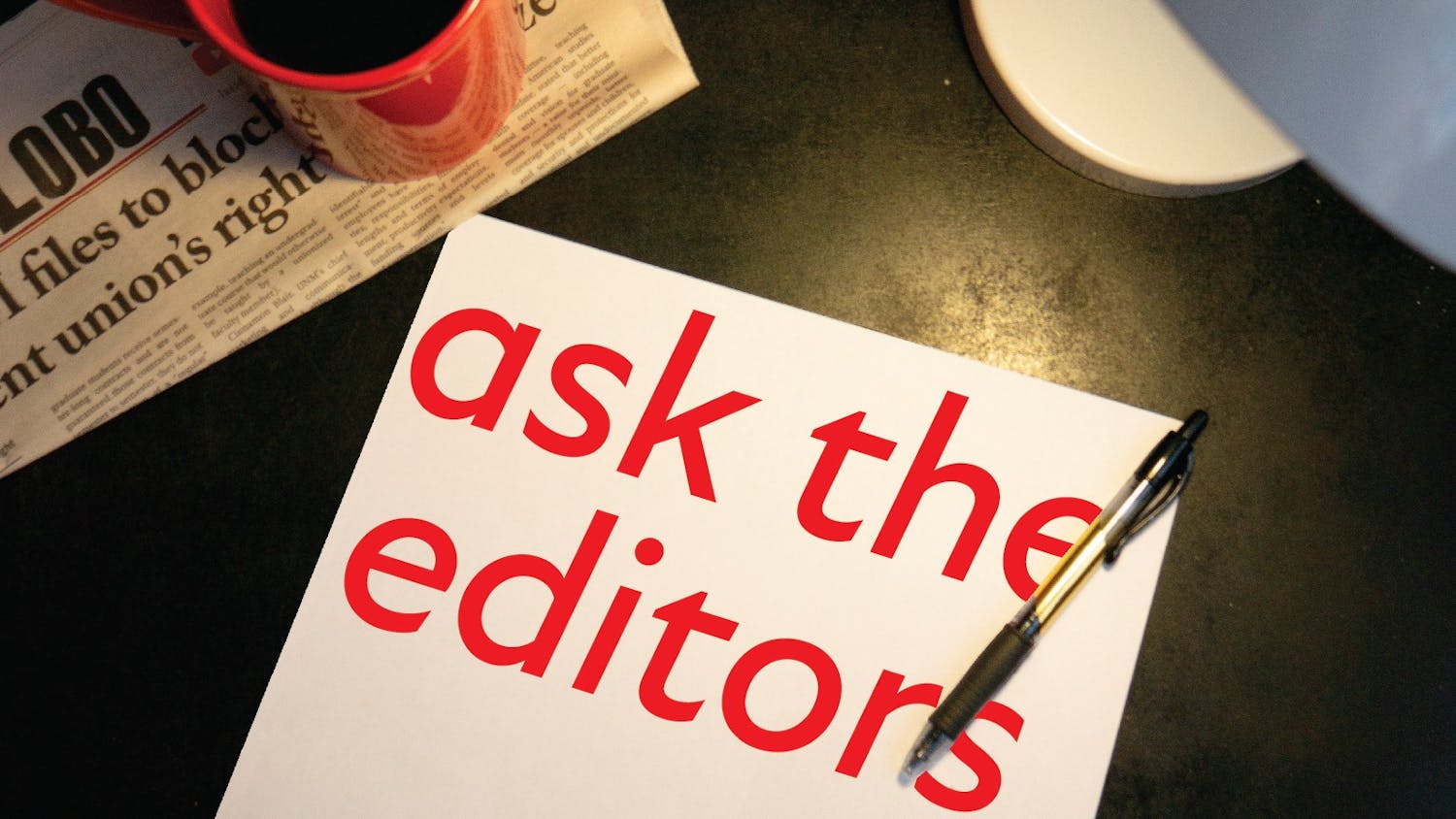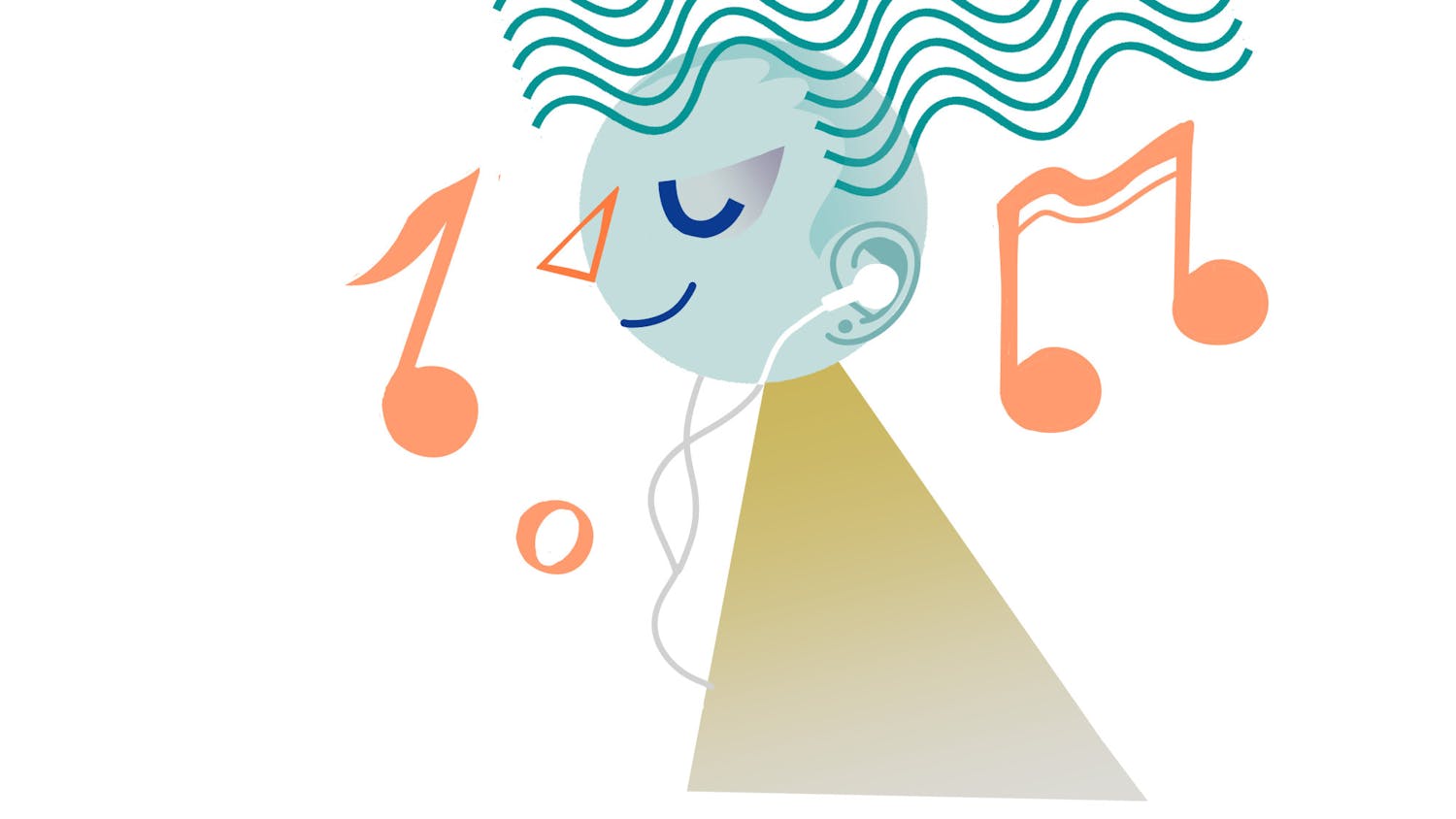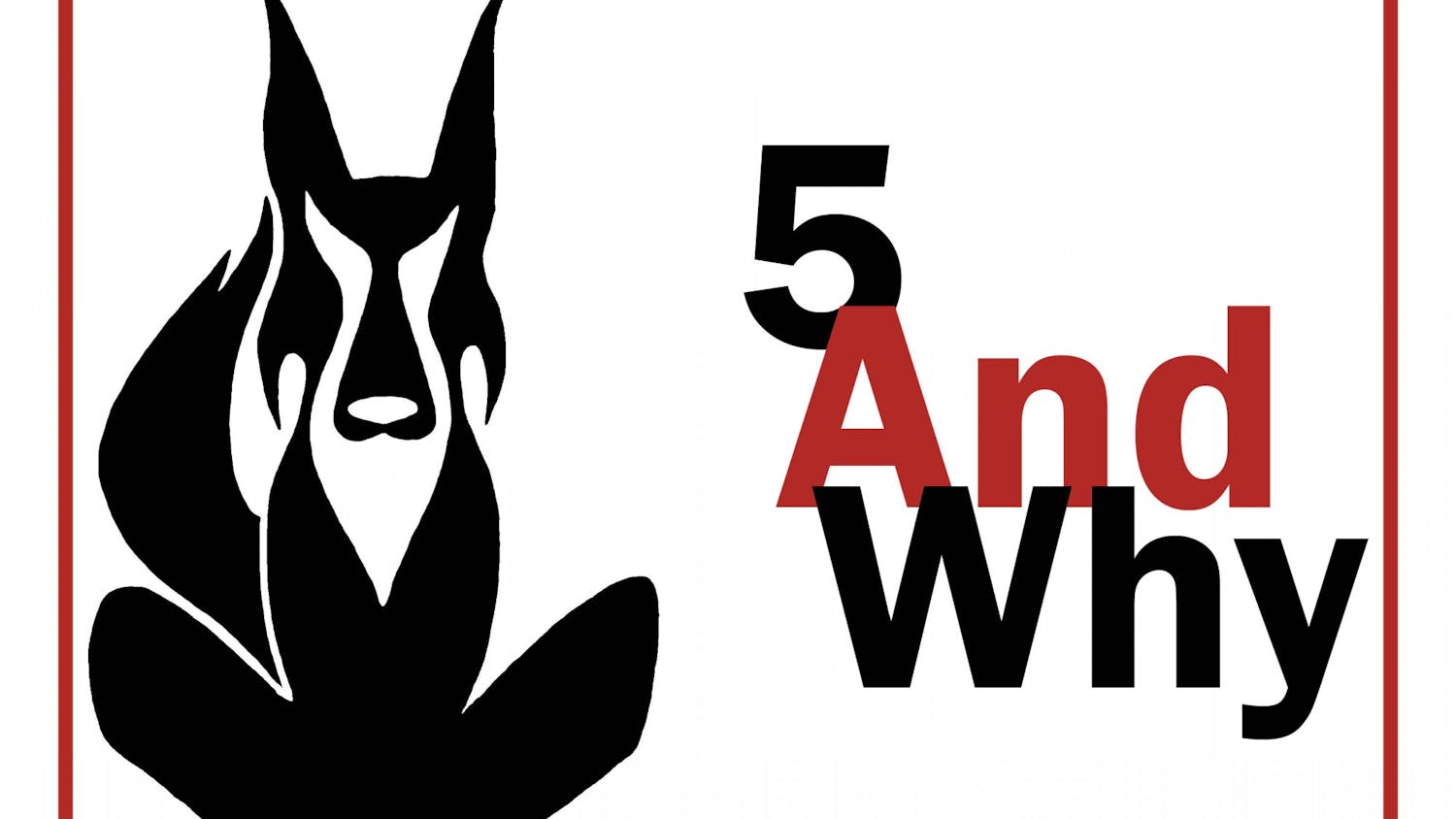Editor’s Note: Lobos Abroad is a regular column written by Daily Lobo staff members studying in a different country this semester.
“I think he just slapped me across the face … with his eyes.”
My roommate said this after we ordered our dose of afternoon caffeine at the coffee house just down the street. She made the mistake of ordering a cappuccino after 11 a.m. Italians do not put milk in their coffee in the afternoon.
The most telling detail of Italian culture is expressed at any of the abundant coffee bars found at every street corner. A popular coffee bar is busiest at 9 a.m. when everybody starts their day. Italians hustle and bustle in the morning to get a cappuccino and perhaps a “corneto,” or croissant, to accompany. Throughout the day, Italians take breaks from work to enjoy a small shot of espresso in a relaxed coffee-bar setting, instead of ordering a bathtub’s worth of Starbuck’s coffee to go. But it is only during the morning that Italians drink their cappuccinos.
I asked a bartender why Italians do not drink cappuccinos in the afternoon, and he
responsed by making a sad expression and
rubbing his plump belly in circles.
“Problemi di stomaco,” he said.
It turns out that a large portion of Italians are lactose intolerant, he said.
According to the UC Davis department of nutritional genomics, lactose intolerance ranges in Italy by region, reaching 70 percent of people in southern Italy. But not everybody is lactose intolerant, so why has not drinking milk with coffee after 11 a.m. become a general rule of “cappuccino etiquette”?
The bartender tells me that if a customer orders a cappuccino in the afternoon, everybody knows he or she is not Italian, but instead “uno straniero.” He tells me that not all Italians are lactose intolerant, but it is just not something that they do since they have large meals, and it is unhealthy to drink cappuccinos after such a feast.
Many Italians share this mentality.
How could a meal have such an effect?
This seems like a logical question to ask, but it isn’t. At every restaurant in Italy, menus consist of five sections in order of procession: an appetizer, the first course (usually pasta or soup), the second course (usually meat), a side dish to go with the second course (usually salad or potatoes) and then dessert (usually fruit, cheese, or tiramisu).
But, wait, there’s more.
During dinner, you start with a pitcher of white wine and move to red. And then, you will be offered coffee.
According to medical anthropologist Dr. Susan E. Brown, drinking a warm beverage at the end of a meal helps digestion since it helps keep fats consumed in a softer state. Coffee is a water-based hot drink that fits into this category. Milk, even when warm, ferments in the stomach when accompanied by food and isn’t easy to digest anyways since people have different tolerances to lactose.
After my peer’s faux pas, she now joins the Italians drinking her espresso in two or three sips out of a tiny three-ounce cup. Coffee houses offer at least 10 different coffee choices, each with varying proportions of milk, water and espresso.
But for tourists, beware. If you order a cappuccino after 11 a.m., you will get slapped across the face — or something like it.
Get content from The Daily Lobo delivered to your inbox





